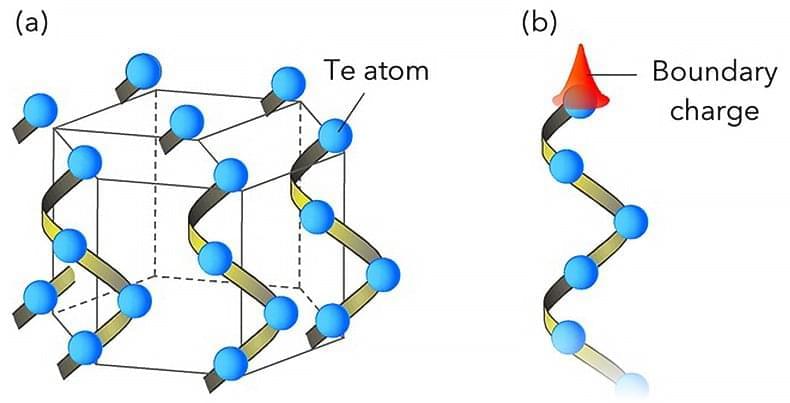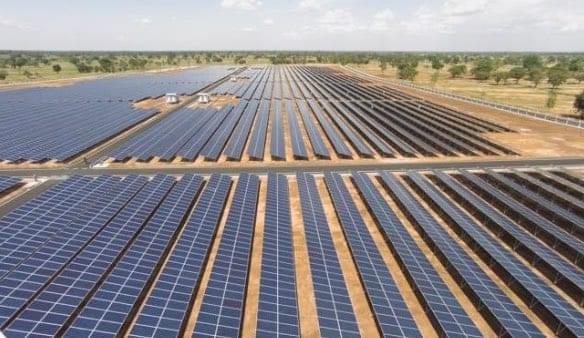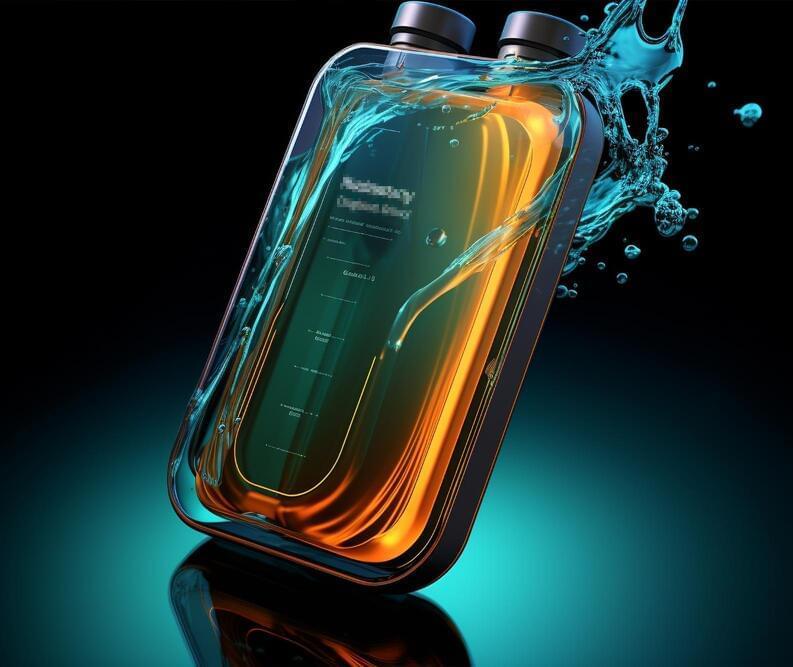A clean energy startup develops a record-breaking residential solar module that records an efficiency figure of 26.9 percent.
Category: sustainability – Page 118
Electric Vehicles Could Soon Recharge in 10 Minutes, BYD and CATL on the Verge of Breakthrough
Battery technology is undergoing a rapid evolution. Recent years have seen significant improvements in both range and charging speed for EVs. BYD and CATL’s upcoming batteries are the latest example, aiming to revolutionize charging times. These companies are reportedly set to debut their ultra-fast-charging LFP batteries by the end of this year, potentially eliminating the need for lengthy charging stops during road trips.
The key to these rapid charge times lies in the 6C charging rate boasted by both the BYD Blade 2.0 and CATL Qilin 2.0 battery packs. In simpler terms, the “6” signifies that the charging multiplier is six times the battery capacity. For instance, a 100-amp-hour battery could be charged with a massive 600-amp current.
However, there are hurdles to overcome. Upgrading the charging infrastructure is crucial to support these speeds. Without an update to the charging network, owners of these advanced batteries won’t be able to fully benefit from their technology and will be limited by slower charging options. It’s also important to remember that batteries can’t maintain peak charging speeds throughout the entire charging cycle. Expect some strategic marketing around these new batteries, with a focus on specific charging windows, like 10% to 80% in 10 minutes. The 2024 Zeekr 1 with its 5C-rated battery is a prime example, achieving an 11.5-minute charge time for this range.
Dr Valerie Sarisky-Reed — Director, Bioenergy Technologies Office — U.S. Department of Energy (DOE)
Bioenergy Innovation For The U.S. Bioeconomy — Dr. Valerie Sarisky-Reed Ph.D. — Director, Bioenergy Technologies Office, Office of Energy Efficiency and Renewable Energy, U.S. Department of Energy (DOE)
Hard Reset Podcast: Vertical farms
Join host Nick Tucker and team for the first ever Hard Reset Podcast episode on vertical farming. We’re diving deeper on the technology and ideas featured in our vertical farming video episode, sharing bonus info that never made it to the final cut, and responding to some of the most popular (and meanest) comments.

Electric fields catalyse graphene’s energy and computing prospects
Researchers at the National Graphene Institute have made a groundbreaking discovery that could revolutionise energy harnessing and information computing. Their study, published in Nature (“Control of proton transport and hydrogenation in double-gated graphene”), reveals how electric field effects can selectively accelerate coupled electrochemical processes in graphene.
Electrochemical processes are essential in renewable energy technologies like batteries, fuel cells, and electrolysers. However, their efficiency is often hindered by slow reactions and unwanted side effects. Traditional approaches have focused on new materials, yet significant challenges remain.
The Manchester team, led by Dr Marcelo Lozada-Hidalgo, has taken a novel approach. They have successfully decoupled the inseparable link between charge and electric field within graphene electrodes, enabling unprecedented control over electrochemical processes in this material. The breakthrough challenges previous assumptions and opens new avenues for energy technologies.

Discovery of one-dimensional topological insulator
A joint research team has unveiled a new topological insulator (TI), a unique state of matter that differs from conventional metals, insulators, and semiconductors. Unlike most known TIs, which are either three-or two-dimensional, this TI is one-dimensional. The breakthrough will lead to further developments of qubits and highly efficient solar cells.
Details of the research were published in the journal Nature (“Observation of edge states derived from topological helix chains”).
TIs boast an interior that behaves as an electrical insulator, meaning electrons cannot easily move; Whereas its surface acts as an electrical conductor, with the electrons able to move along the surface.

BYD’s Revolutionary New Battery: 10-Minute Electric Car Charging
BYD is developing a new battery that can charge an electric car from 10 to 80% in 10 minutes, potentially revolutionizing the electric car industry Questions to inspire discussion What is BYD developing for electric cars? —BYD is developing a new battery that can charge an electric car from 10 to 80% in just 10 minutes, potentially revolutionizing the electric car industry.

Enel Green Power lands finance for first solar and battery hybrid project
Enel Green Power Australia has announced that it has secured project financing for a $190 million solar and battery hybrid project it plans to build in western NSW.
The Quorn Park hybrid project will combine a 98 MW (dc) solar farm with a 20 MW, 40 MWh battery that will be built around 10kms north west of Parkes. Construction will commence within the next few months and it will be operational in 2026.
The new hybrid is one of the first to be announced since new rules were introduced that allow wind or solar farms to be truly “paired” with a battery storage facility, rather than operating and dispatching as separate units. This may impose some restrictions on operations, but can save on connection and other costs.

Stanford Unveils Game-Changing Liquid Fuel Technology for Grid Energy Storage
Stanford scientists are enhancing liquid fuel storage methods by developing new catalytic systems for isopropanol production to optimize energy retention and release.
As California transitions rapidly to renewable fuels, it needs new technologies that can store power for the electric grid. Solar power drops at night and declines in winter. Wind power ebbs and flows. As a result, the state depends heavily on natural gas to smooth out the highs and lows of renewable power.
“The electric grid uses energy at the same rate that you generate it, and if you’re not using it at that time, and you can’t store it, you must throw it away,” said Robert Waymouth, the Robert Eckles Swain Professor in Chemistry in the School of Humanities and Sciences.